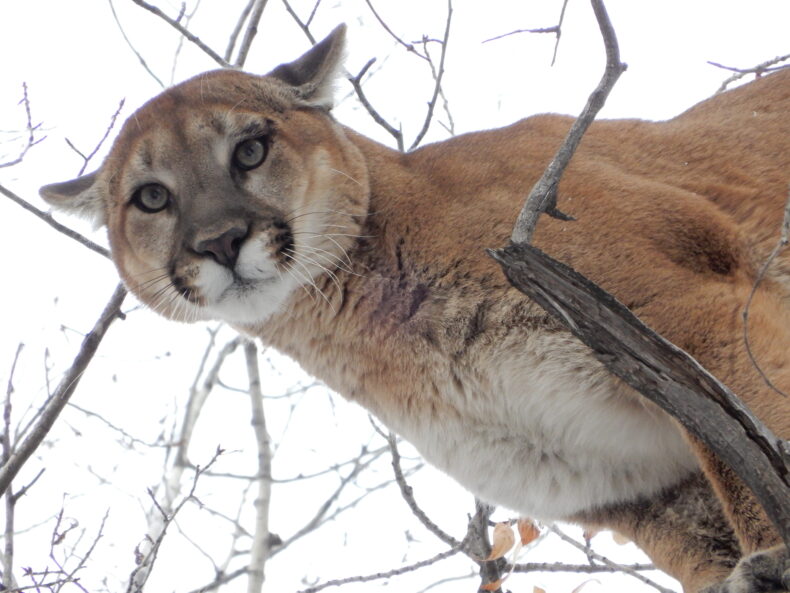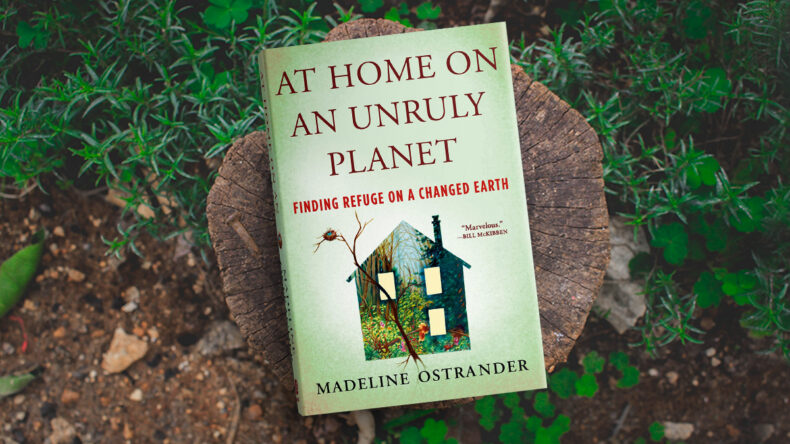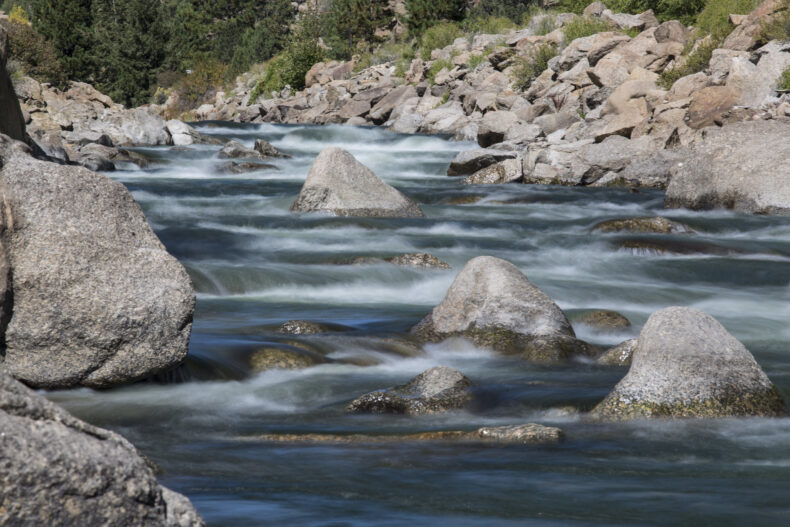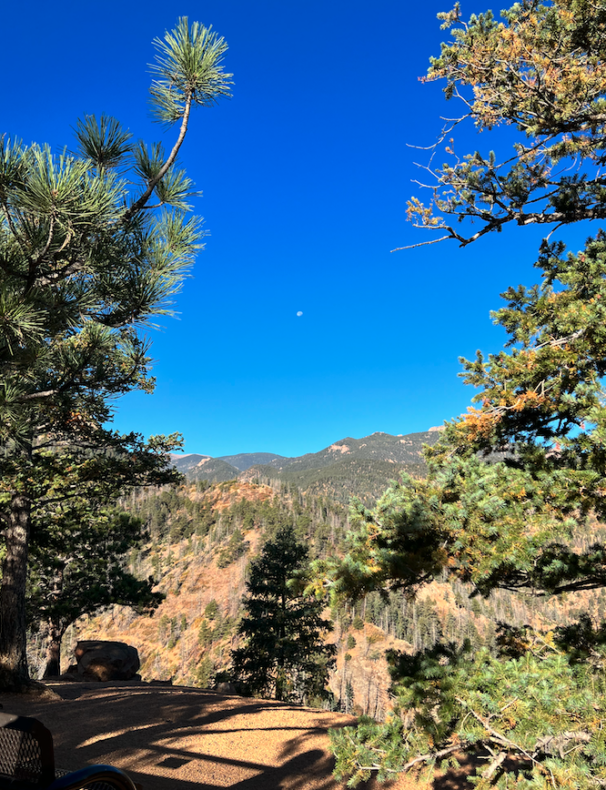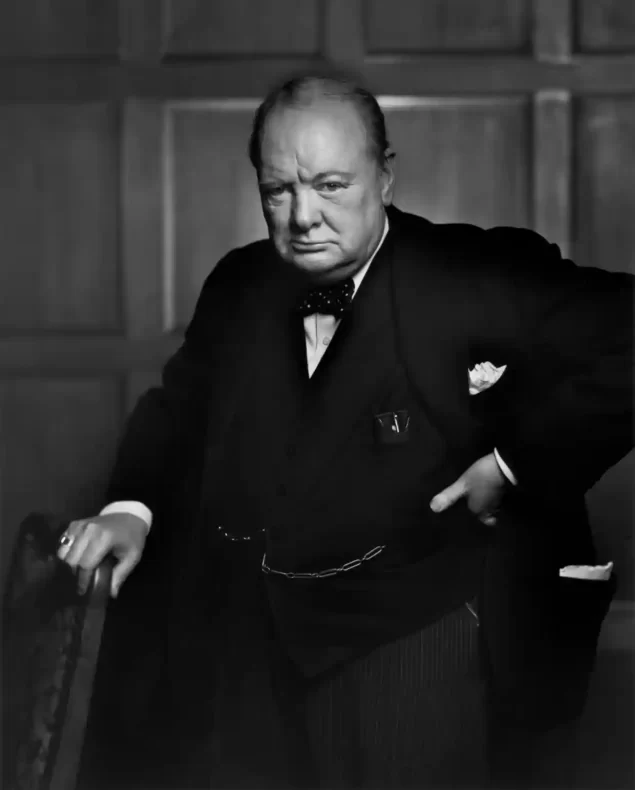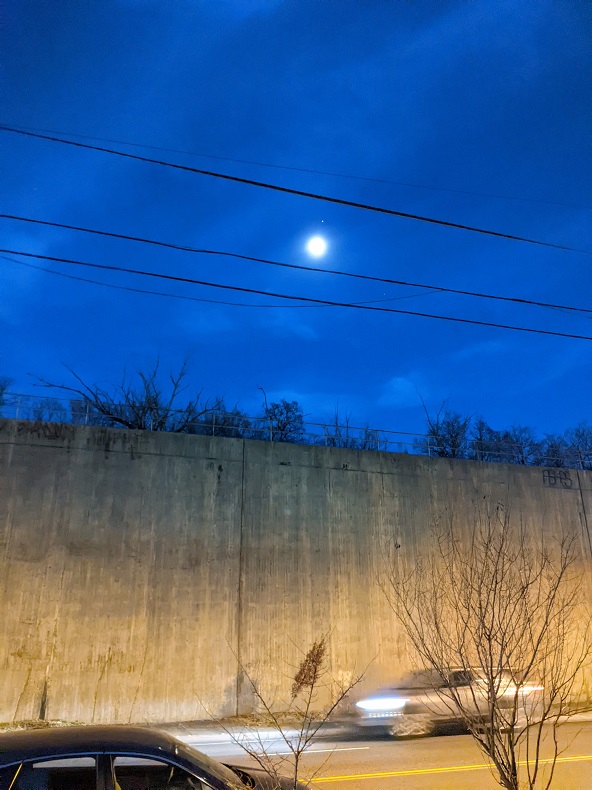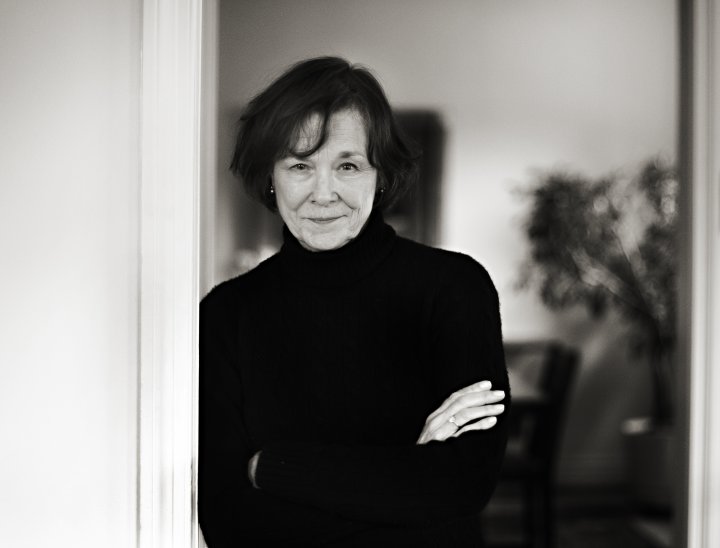
Yesterday I was interviewed about the Finkbeiner Test for the Change Artist Podcast (episode will go live at a later date). While gathering up some links to share, I realized that it was exactly ten years ago — January 17, 2013 — that Ann wrote the LWON post that would become the world-renowned Finkbeiner Test.
Time flies. And yet, the Finkbeiner Test persists. Ann and I were recently interviewed about it on the podcast Lost Women of Science. Spoiler, the episode starts by saying that the show “fails that test all the time.” The hosts, Carol Sutton Lewis and Katie Hafner, felt attacked. Ann and I stood firm. We aren’t asking people to stop highlighting women whose careers had been obscured or obstructed by sexism. Instead, we’re asking to stop framing every single story about a female scientist as if her gender was the most interesting or important thing.
As I said on Lost Women, “What we’re saying is that every goddamn story about a woman scientist doesn’t need to be about how she’s a woman and isn’t it cute that she’s a woman and isn’t it hard for her because she’s a woman, and let’s make sure she’s also a good wife and a good mother because otherwise, what value does she really have?”
The original Finkbeiner Test post is reprinted below.
***
This post was originally published on March 5, 2013 at Double X Science, a now defunct website about women in science. Since then, it’s gotten quite a bit of attention, including a story in the Columbia Journalism Review, a mention in the New York Times, and even its own Wikipedia page. The Finkbeiner Test also has been the subject of a master’s thesis and it’s been used in a European art project. Although it was originally designed as a test for detecting gender bias in profiles of female scientists, it can be applied to any profile of a woman in her profession. Since we published the test, people have asked a lot of questions, and Ann answered some of them recently here. Because the Double X Science website has gone dark, I’m republishing the post here.
Men dominate most fields of science. This is not news, and countless projects have sprung up to address the disparity. There are associations, fellowships, conferences, and clubs for women in science, and with these, efforts to highlight women who are making it in these fields.
Campaigns to recognize outstanding female scientists have led to a recognizable genre of media coverage. Let’s call it “A lady who…” genre. You’ve seen these profiles, of course you have, because they’re everywhere. The hallmark of “A lady who…” profile is that it treats its subject’s sex as her most defining detail. She’s not just a great scientist, she’s a woman! And if she’s also a wife and a mother, those roles get emphasized too.
For instance, in a profile of biologist Jill Bargonetti, The New York Times quotes one of Bargonetti’s colleagues saying that, “Jill makes a fantastic role model…because she is married, has two children and has been able to keep up with her research.” It’s hard to imagine anyone saying this about a scientist named Bill. The story’s subtitle piles on, reinforcing the stereotype that women are nurturing and selfless with “A Biologist’s Choice Gives Priority to Students.”
The headline on this recent profile of neuropsychologist Brenda Milner in The Globe and Mail reads, “A scientific pioneer and a reluctant role model.” The piece explains that “Dr. Milner was determined to compete with the best scientists, male or female” and that “Her resistance to being recognized as an outstanding woman seems to stem from her desire to be a great scientist in general.” Yet the article fixates on Milner’s sex as if it’s the most remarkable thing about her. The occasion for the piece, Milter’s induction into the Canadian Science and Engineering Hall of Fame, warrants only a few sentences.
Ann Finkbeiner, my colleague at Last Word On Nothing, has had enough. As she explained here, she plans to write about an impressive astronomer and “not once mention that she’s a woman.” It’s not that Finkbeiner objects to drawing attention to successful female scientists. She’s produced many of these stories herself. The issue, she says, is that when you emphasize a woman’s sex, you inevitably end up dismissing her science.
I asked her if there was a particular story that epitomized the problem, and she pointed me to this two page profile of Vera Rubin, published in Science in 2002. (Full text is behind a paywall, sorry.) Twelve of the story’s 24 paragraphs mention Rubin’s sex or gender roles. “Four paragraphs on her science, and she was the one who found dark matter,” Finkbeiner says.
It’s time to stop this nonsense. We don’t write “Redheads in Science” articles, so why do we keep writing about scientists in the context of their gonads? Sexism exists, and we should call it out when we see it. But treating female scientists as special cases only perpetuates the idea that there’s something extraordinary about a woman doing science.
So Finkbeiner has adopted a new approach. “I’m going to cut to the chase, close my eyes, and pretend the problem is solved; we’ve made a great cultural leap forward and the whole issue is over with,” she says. “And I’m going to write the profile of an impressive astronomer and not once mention that she’s a woman.” In other words, “I’m going to pretend she’s just an astronomer.”
It’s a fine idea. In the spirit of the Bechdel test, a metric that cartoonist and author Alison Bechdel created to measure gender bias in film, I’d like to propose a Finkebeiner test for stories about women in science. The test could apply to profiles of women in other fields, too.
To pass the Finkbeiner test, the story cannot mention
- The fact that she’s a woman
- Her husband’s job
- Her child care arrangements
- How she nurtures her underlings
- How she was taken aback by the competitiveness in her field
- How she’s such a role model for other women
- How she’s the “first woman to…”
Here’s another trick. Take the things that are said about a female subject and flip them around as if they were said about a male. If they sound ridiculous, then chances are good they have no business in the story. For instance, in his Guardian profile of preeminent physicist Lisa Randall, John Crace writes, “No matter how much she bends time, there’s no escaping the fact that she’s just turned 43 and that if she wants to have kids she’s going to have to get on with it soon.” No one would possibly write such a thing about a man of her age and status.
Yes, there are seven items on the Finkbeiner test, but it’s easy to pass, if only you try. James Gorman’s profile of biologist Hopi Hoekstra in The New York Times last month exemplifies how it’s done. In the piece, Gorman conveys Hoekstra’s accomplishments, her management style, and her character without ever putting her into a gender roles box. Over at Smithsonian, Virginia Morell’s profile of climate researcher Susan Solomon passes the test, and so does Steve Kemper’s story about biologist Kay Holekamp. These stories make great reads, because they focus on outstanding research and follow a simple rule of thumb, in case you forget the seven items on the Finkbeiner test: Write about the subject as if she’s just a scientist.
